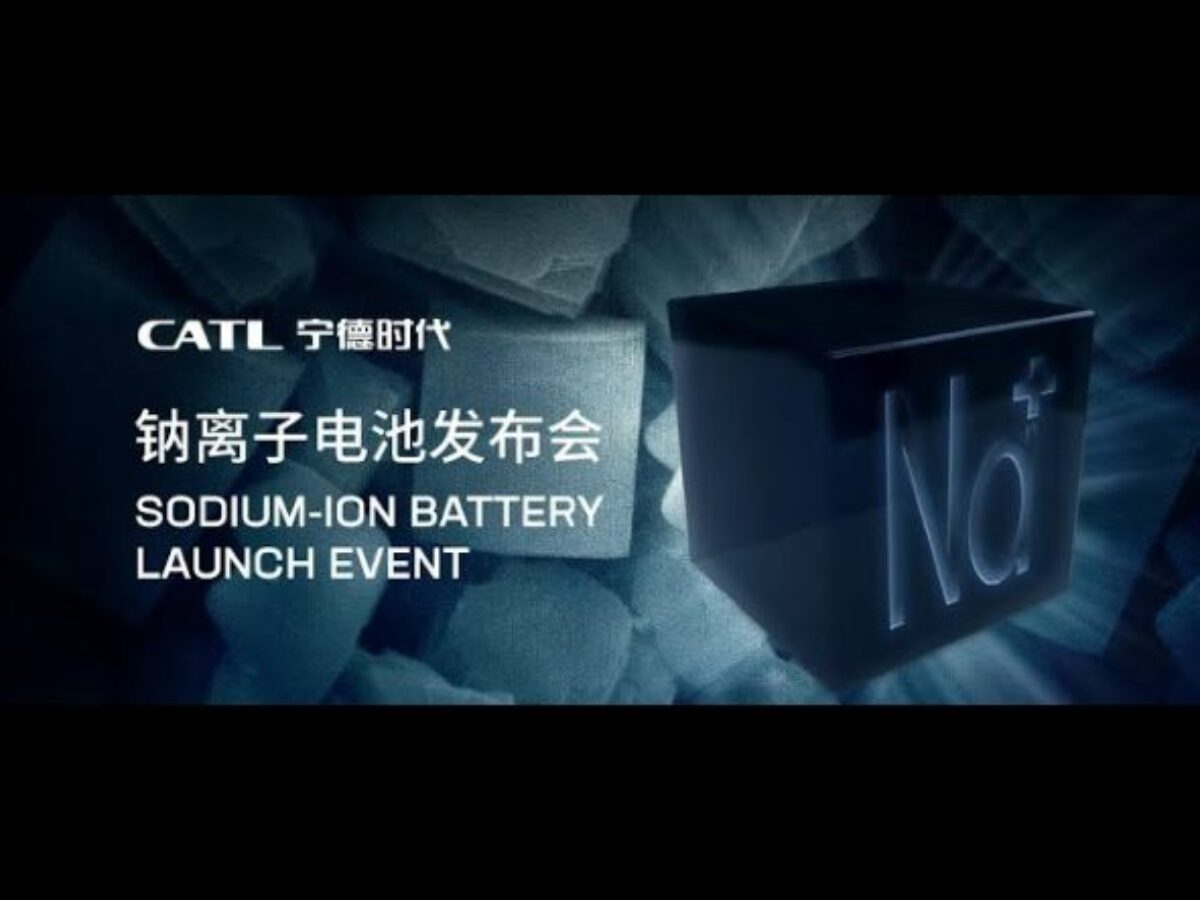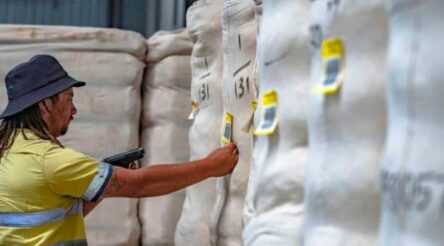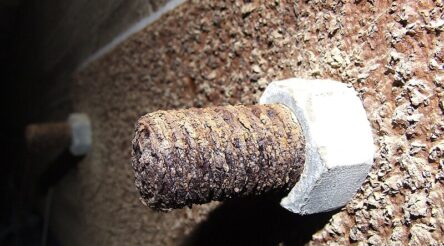Sparc and QUT aims for sodium battery value chain

Graphene technology developer Sparc Technologies and Queensland University of Technology (QUT) have joined forces to develop hard carbon for the production of anodes for the nascent sodium ion battery market.
As part of a wider Strategic Partnership Agreement between Sparc and QUT, they are developing a novel process for the production of hard carbon using low cost sustainably sourced green biowaste.
The hard carbon materials will be characterised and tested in a Sodium ion cell format at QUT’s facilities for battery development and testing, including the National Battery Testing Centre and Central Analytical Research Facility (CARF).
Sparc told investors that it had also engaged an experienced battery technology consultant to advise on the project and to assist with commercialisation.
A high performing, low cost, sustainably sourced anode material is needed for sodium ion batteries.
Chinese company CATL has launched the world’s first sodium ion batteries, with other large players working on batteries and their components including Reliance Industries, Umicore, EDF and Solvay.
Sparc said existing hard carbon materials were typically sourced from carbonaceous precursors such as pitch – a by-product of the oil & gas industry – which undergo lengthy heating at high temperatures.
“This is a very energy consuming process, which combined with a high emission feedstock, has significant environmental impacts.
“Furthermore, with China being the world’s dominant supplier of hard carbon materials, this technology aims to provide an alternative western supply source thereby reducing sovereign risk for cell manufacturers.
“…Sparc believes that Sodium ion batteries have strong market potential, particularly in industrial and grid scale storage, and that this project is a good fit for Sparc’s existing expertise.”
Advantages of sodium ion batteries versus Lithium ion batteries include:
- Lower cost and greater availability of raw materials
- Safety and ease of transport
- Similar manufacturing techniques to Lithium ion and therefore can use the same production facilities.
Picture: CATL sodium ion battery launch event
Topics Manufacturing News Technology
@aumanufacturing Sections
Analysis and Commentary Awards Defence Manufacturing News Podcast Technology Videos










